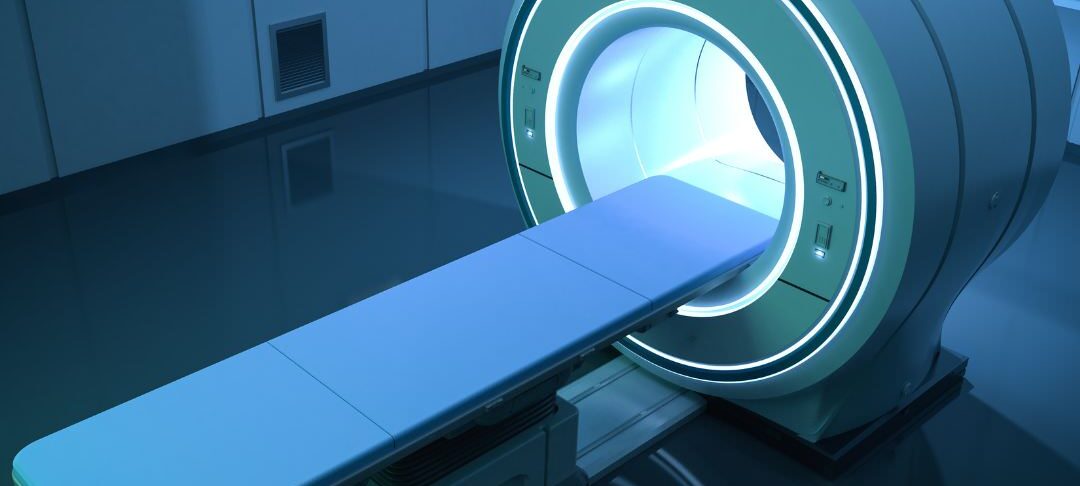MRI scan of the prostate has become standard of care in patients with a raised PSA test in the absence of a urine infection before a prostate biopsy is performed. It is around 85% accurate. So, the question is what to do if the PSA is persistently raised or there is clinical suspicion of prostate cancer due to an abnormal feeling gland, despite a previous biopsy showing no cancer or a benign looking MRI scan?
This was studied in a subgroup of >400 men from the FUTURE trial who had thorough systematic biopsies of the prostate through the rectum. This is otherwise known as TRUS biopsies.
In those men with non-suspicious MRI a clinically significant prostate cancer was diagnosed in 3%. This means that the risk of prostate cancer in this group of patients is low. However, compared to the general population the risk of diagnosing significant prostate cancer remains higher and follow-up in recommended.
In our practice, prostate biopsies are performed through the perineum, thus avoiding the rectum. We target the suspicious areas on MRI and add systematic biopsies to other parts of the prostate so as not to miss MRI invisible cancers. So, our pickup rate is higher than in TRUS biopsies. We also have a lower risk of sepsis by avoiding the rectum.
I also think that PSMA PET scanning will play a greater role in picking up significant cancers by increasing the sensitivity of MRI.
For the full article, please click here.

